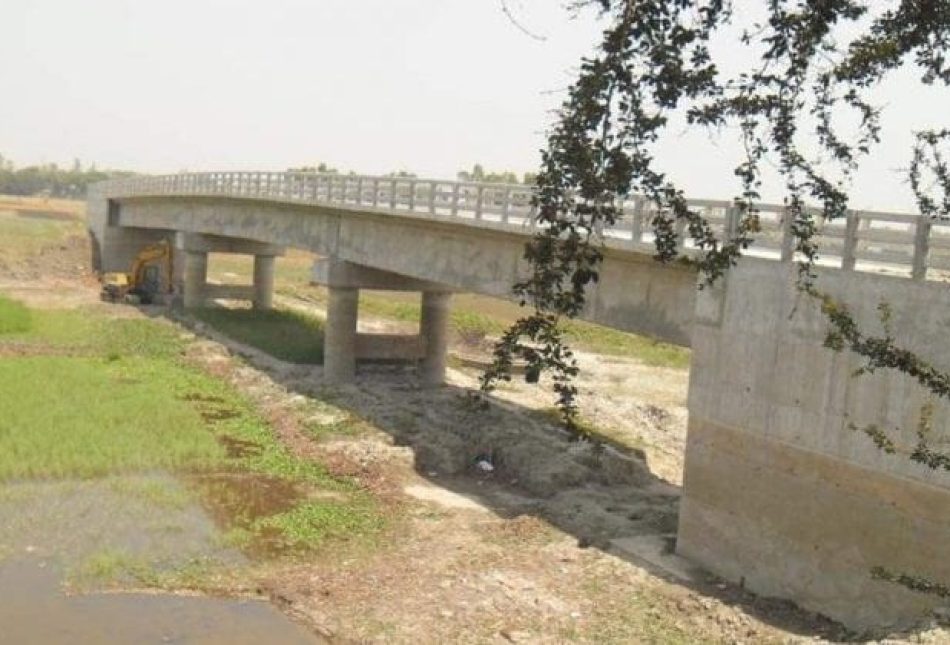One Year Later: Was the Stimulus-Funded Bike Bridge Worth It?

(Albuquerque) In August of 2010, the Gail Ryba bike bridge over the Rio Grande at I-40 was opened. The project, which was funded with federal stimulus money, cost approximately $5 million to construct. And, while the fight continues over the ultimate economic impact of the federal stimulus package, we at the Rio Grande Foundation wanted to better understand the impact of the new bike bridge on local commuting habits.
At the dedication ceremony last August, West Side Councilor Dan Lewis called the bridge “another bridge crossing over the Rio Grande” and, while the statement is certainly accurate on its face, we wanted to see how many people are using the bridge and how many of those people are actually commuting to work.
To do this, two Rio Grande Foundation employees stood on the bridge, counting people and filming the scene from the bridge during a recent morning rush hour (from 7:40am to 8:30am). Video of the rush hour (which we have sped up, set to music, and uploaded to Youtube) clearly shows traffic on the Interstate Highway passing by at a rapid rate with only occasional bike or walking traffic on the bridge.
In 36 minutes of continuous video (available above or via link at www.riograndefoundation.org), a total of 13 bicyclists and 7 pedestrians use the bridge, none of them seemed to be dressed for the office or seemed to be carrying work-related items. Regardless of their purpose in making the trip across the river, that is less than one person biking across the bridge every other minute.
Said Rio Grande Foundation Paul Gessing, “The Foundation expressed its concerns about the project at the time as not being economically-stimulative and not necessary for improving mobility in Albuquerque.” Gessing continued, “After a year, it would be great if a government agency provided some data on whether or not this bridge was worth the cost, but that is not the way government operates.”
Gessing concluded, “With all of the fiscal pressures facing the federal government, it would seem that this money could have been saved and used to reduce the gaping budget deficit, but this ‘stimulus’-funded project has been built and instead provides little in the way of mobility increases for Albuquerque residents.”
